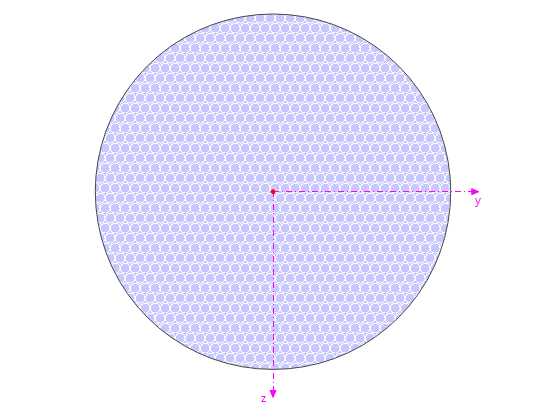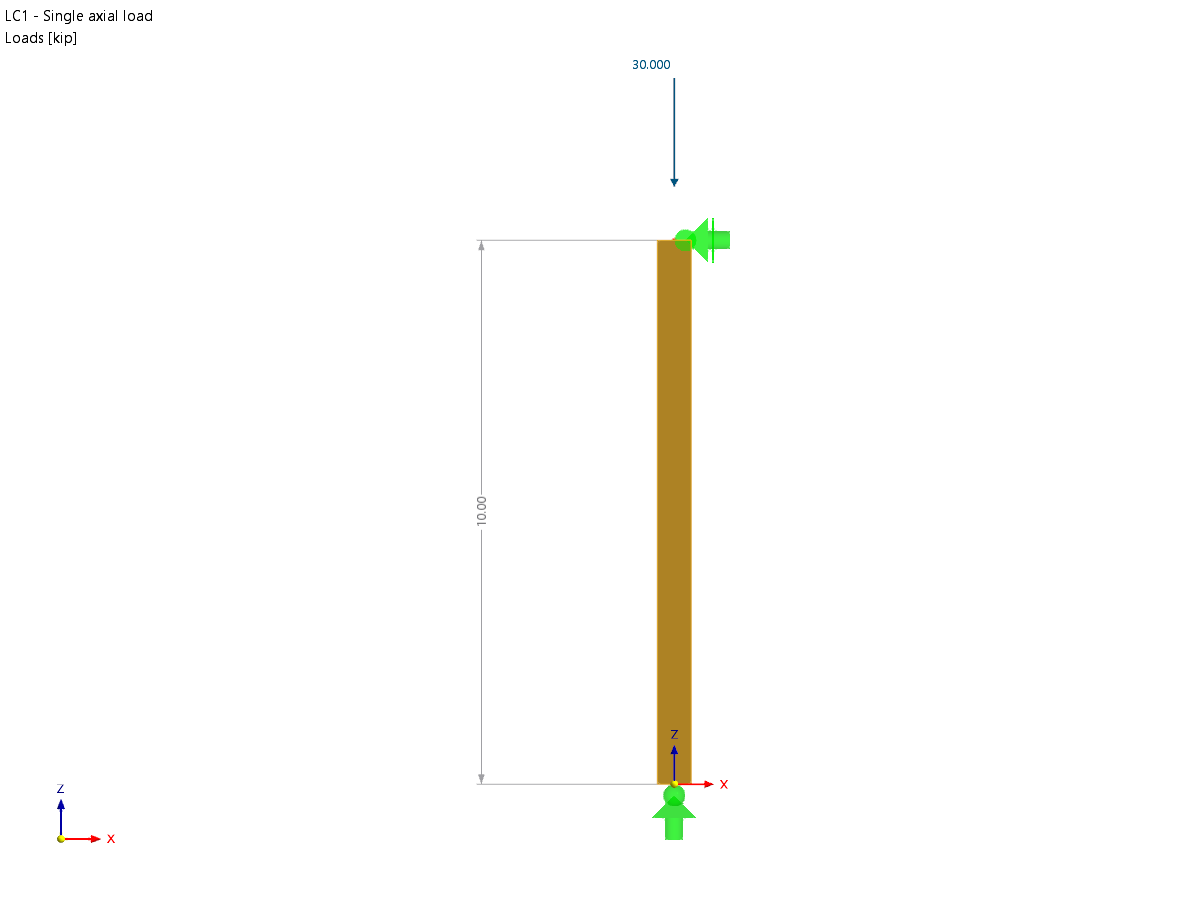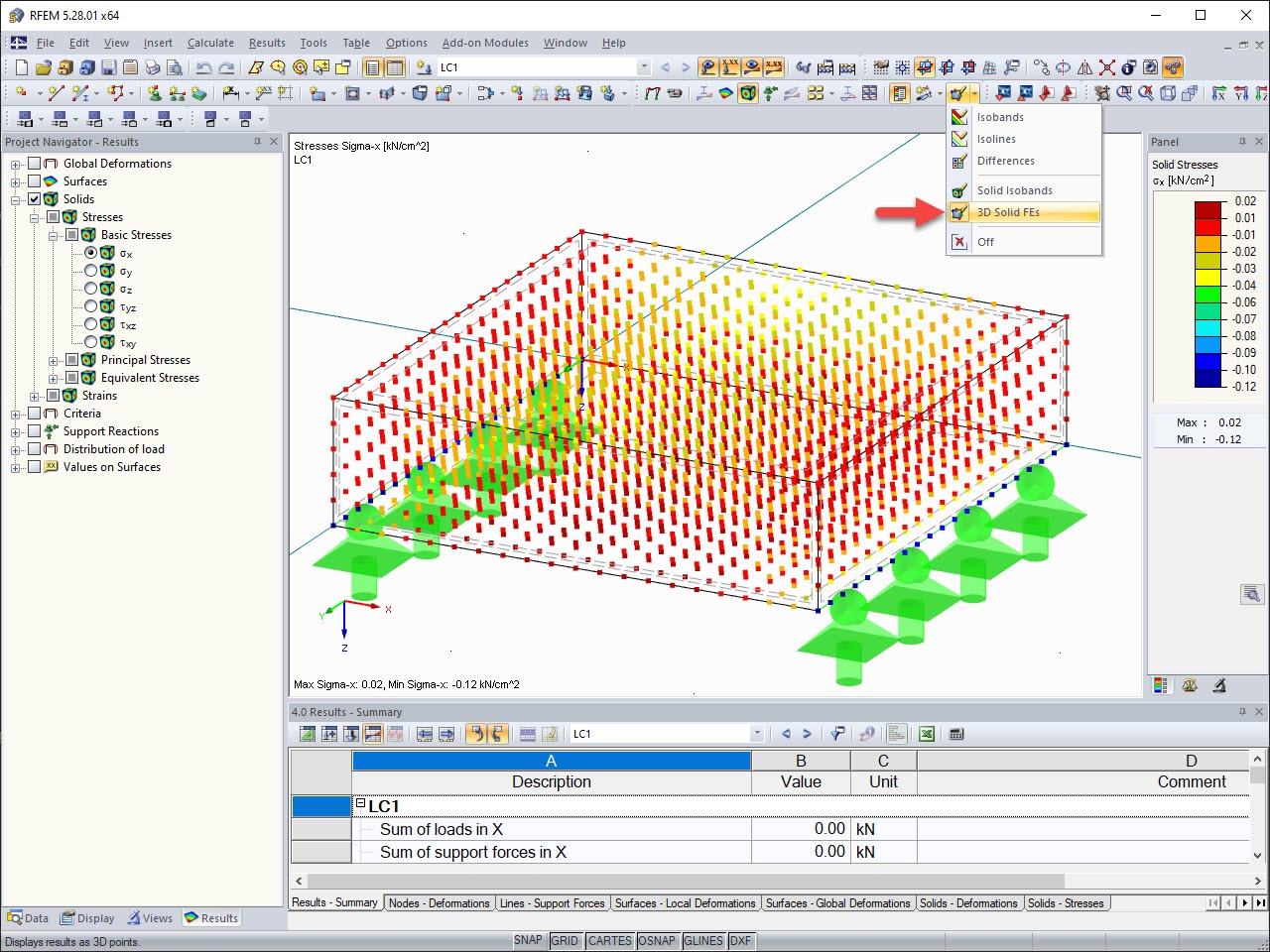In this episode of the Dlubal podcast, we dealt with the pioneering topic of BIM in structural engineering.
You can hear the full episode here: #001 BIM in Structural Engineering
BIM – What's behind it?
BIM stands for Building Information Modeling and is the epitome of digitization in construction. It is a working or design method for managing central project information using digital building models. It also plays a role in structural design. When an architect creates a 3D model, it is passed on to everyone involved and can then be used immediately for structural design.
Networking is the focus: A BIM model acts as a central data hub for collecting, structuring, and distributing all building data. Everyone involved in the construction can access these data over the entire lifecycle of a building.
BIM provides great opportunities – but also some challenges.
Cooperation Between Architect and Structural Engineer
Traditionally, an architect forwards his/her plans in PDF or similar form to a structural engineer, who uses them to create structural models. The structural engineer uses it to calculate his/her structural model. In the case of BIM, the smooth exchange of data is particularly important. If the structural engineer can access the architect's BIM model, it is necessary to filter all statically relevant objects from the wealth of data and use them for the calculation, which means additional work. An essential difference in the work method is that architects work with a physical structural model, whereas structural engineers work with an idealized analysis model. Architects model buildings as solid objects with the dimensions of length, width, and height or thickness. Structural engineers have, for example, only one surface for a slab and only one member for a column.
The aim is for the architectural software to maintain structural systems directly and, in some cases, to create them automatically. Ideally, loads are also included. The structural engineer as a user must be familiar with both structural analysis and the calculation program to be able to check it and detect errors.
BIM – Advantages and Requirements
BIM is not yet widely used in Germany. One reason for this is the slow and inadequate data exchange between architectural and structural engineering offices, as architects are not paid to helpfully maintain models for structural engineers. Furthermore, an architect cannot know which load-bearing components are important for the respective structural engineer.
Nowadays, FEM analysis is often used for structural calculations. FEM stands for Finite Element Method and is a numerical approximation method for the calculation of structures. When importing an architect's BIM model, manual rework is often required. The structural engineer often uses a different analysis system than the one used in the model. In the worst case, the BIM models of the architect and the structural engineer drift further and further apart, which can mean that the structural components can no longer be assigned correctly or only with difficulty. This leads to problems if you want to make changes to the models visible.
In certain BIM tools, you can add load assumptions and load cases. A load case is, for example, the effects of wind or snow on structures. They lead to loads that are added to the structural system. For structural engineers, the most important results of the calculation are internal forces, deformations, and stresses, which are used to perform design checks in the respective materials. The calculations should always be carried out in the corresponding structural analysis program, because they are designed much better for this. After the calculations, structural engineers recognize whether something needs to be changed and inform the architect about it.
But what happens if you make changes to the original BIM model and then have to synchronize them? In this case, certain regulations and approvals must be available from the responsible employees. It should be determined who can make the changes, where, and when. The current state of the project is regulated by the communication from both the workers and the programs.
How do the programs communicate with each other?
There are three typical exchange scenarios:
a) A classic-analogue transfer of documents from the architect to the structural engineer, with PDFs, and so on.
b) File formats specially designed for the construction industry, such as IFC files. IFC stands for Industry Foundation Classes and is a manufacturer-independent file format for the exchange of building and project information.
c) A direct coupling of two different programs, whereby the architecture program communicates with the respective structural analysis program in a bidirectional data exchange.
IFC includes the coordination view, where the geometry of a structure is described on the basis of solid models. On the other hand, there is the Structural Analysis View, where the structurally relevant objects are transferred and imported in an idealized form. Here, you can also see joints, supports, and loads. Therefore, it is always important for BIM to question which views the respective programs can read and output.
Conclusion
3D BIM models are very useful also for structural engineers, because they make complex structures easier to understand and the data transfer can be used to quickly create an analysis model, which saves a lot of time. It is important to note that the BIM and analysis models are usually different, and therefore need to be checked.
The use of BIM requires comprehensive knowledge of all planning phases. All parties involved must also be prepared to rethink the traditional division of labor, work together, and view the planning task as teamwork.
At the beginning of a BIM process there is additional work, as everything has to be carefully modeled so that others can also use the model. However, savings and better design results are then achieved in terms of cost and time, because everything is documented and everyone works together.
Structural engineering is a small, but not insignificant part of BIM, so it is important that structural engineering software is BIM-enabled. It must provide various exchange scenarios and offer various import and export options. Dlubal Software has adapted to the BIM-based exchange process and provides a variety of interfaces and direct links to various architectural programs.
The advantages of BIM far outweigh any drawbacks. Although BIM is still in its infancy, especially in Germany, it will certainly have a say in the future of construction.
.jpg?mw=320&hash=d19fe72d3cba3338b8cdaf25fe6521edbefed8df)






.png?mw=350&hash=c6c25b135ffd26af9cd48d77813d2ba5853f936c)















![Basic Shapes of Membrane Structures [1]](/en/webimage/009595/2419502/01-en-png-png.png?mw=512&hash=6ca63b32e8ca5da057de21c4f204d41103e6fe20)











.png?mw=512&hash=ea9bf0ab53a4fb0da5c4ed81d32d53360ab2820c)


_1.jpg?mw=350&hash=ab2086621f4e50c8c8fb8f3c211a22bc246e0552)







